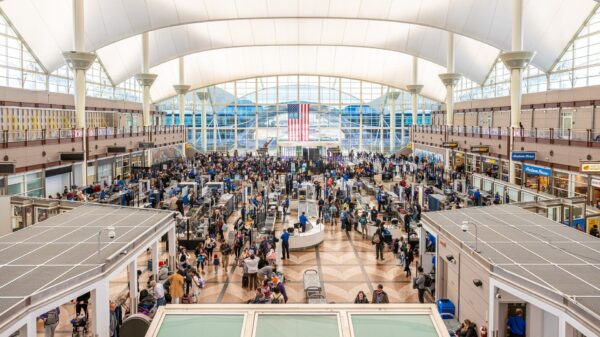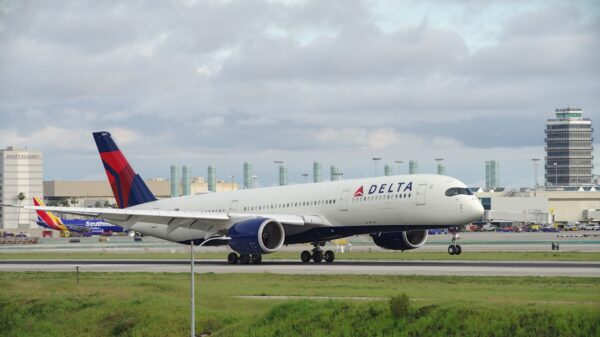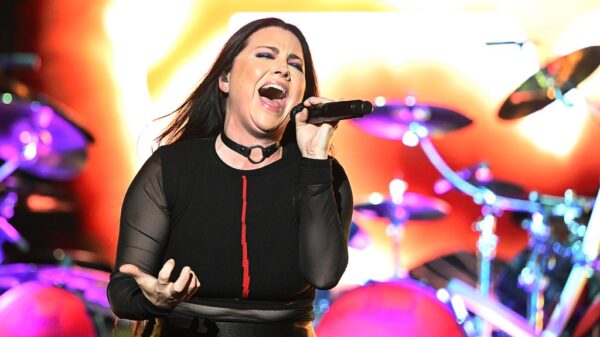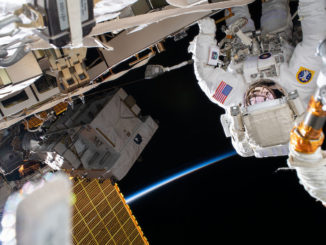SpaceX is poised to launch its Starship-Super Heavy rocket from Starbase, Texas, on March 11, 2024. This mission marks the 11th flight test of the integrated Starship launch vehicle and serves as the final flight for the Version 2 iteration of the rocket as well as the current configuration of Pad A. Liftoff is scheduled for 18:15 CDT (19:15 EDT / 23:15 UTC).
The upcoming flight has garnered significant attention, with SpaceX indicating an 80 percent favorable weather outlook for the launch. The company has not provided specific details regarding meteorological conditions but remains optimistic about the timing.
Key Features of the Upcoming Launch
For this mission, designated as Starship Flight 11, SpaceX will utilize the Super Heavy booster designated B15. This booster is making its second flight, following its successful launch and recovery during Flight 8 in March. During that mission, SpaceX achieved a significant milestone by catching the booster using the launch tower, nicknamed “Mechazilla,” following successful catches during Flights 5 and 7.
In a significant move towards reusability, SpaceX plans to reuse 24 out of the 33 Raptor 2 engines on B15 for this mission. Approximately 2.5 minutes into the flight, the booster will separate from the Starship (S38) through a hot-staging maneuver. Notably, B15 will implement a new engine configuration during its landing burn, targeting a splashdown in the ocean. This involves transitioning from 13 engines to five during the final stages of the landing, enhancing redundancy compared to the previous three-engine burn.
Innovative Testing and Future Goals
In a continuation of its innovative approach, SpaceX will deploy eight steel structures that replicate future Starlink Version 3 satellites during this suborbital flight. Following a trajectory similar to what the satellites will take, these simulators are expected to land in the Indian Ocean.
Additionally, during the coast phase of S38, SpaceX will attempt to relight one of the sea-level Raptor engines. This maneuver is designed to demonstrate the ability of future Starship versions to safely deorbit after a mission while adjusting their orbit prior to payload deployment.
More than an hour after launch, S38 is slated for a water landing in the Indian Ocean off the coast of Australia. SpaceX is also experimenting with heat shield tiles on this flight to gain insights into the vehicle’s stress points during different maneuvers. The final phase of Starship’s trajectory will incorporate a dynamic banking maneuver, testing guidance algorithms before the landing burn and splashdown.
This flight is set to be the last launch for the Starship program in 2025. Following this mission, SpaceX will focus on finalizing Starship Version 3, which aims to be capable of orbital launches and recoveries.
The company is also transferring its operations to Pad B, which has been under construction for nearly two years. One of the notable upgrades at this new site is the addition of a traditional flame trench, a feature absent in the original Pad A design.
William Gerstenmaier, SpaceX’s Vice President of Build and Flight Reliability, stated that the company intends to conduct at least one suborbital flight of Starship Version 3 before progressing to an orbital flight. This strategic move reflects SpaceX’s commitment to advancing its technology while enhancing the safety and reliability of its launch vehicles.





































































